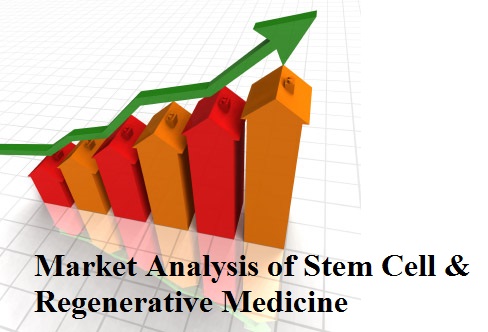
Jiamin Teng
Louisiana State University Health Sciences Center, USA
Title: Transformation of Mesenchymal Stem Cells (MSCs) represents an important process in the repair of the damaged mesangium
Biography
Biography: Jiamin Teng
Abstract
Many investigators have supported the idea that mesenchymal stem cells (MSCs) participate in the process of repair / regeneration exclusively by providing paracrine factors that enabled the process. Using a model of mesangial damage induced by glomerulopathic immunoglobulin light chains (G-LCs) and then repaired or regenerated by MSCs in AL-amyloidosis, the role of MSCs in the process was investigated. In-vitro and ex-vivo experimental platforms were used to address the issue. The in vitro 6 dimensional (6D) live cell imaging system was used to observe the damage of mesangial cells (MCs) and the alteration of the mesangial matrix incubated with G-LCs. In the ex vivo model, G-LCs were perfused through the renal artery. The respective lesions were reproduced in both platforms. Then, tagged MSCs were introduced. Immunofluorescence, immunohistochemistry and electron microscopy were used to evaluate samples obtained at different time frames. Stains for smoothelin, muscle specific actin, smooth muscle actin, CD29, and 68 were used to monitor phenotypic transformation of MSCs in the process of regeneration. Our results showed that MSCs initially transformed from an undifferentiated to a macrophage phenotype to clear the damaged mesangial areas where transformed MSCs phagocytosing cellular debris resulting from apoptotic mesangial cells and damaged matrix elements of amyloid fibrils. Following the cleaning process, MSCs acquired morphologic and immunophenotypic characteristics of MCs as they proceeded to lay down new mesangial matrix. MSCs manifest great plasticity as they proceed to repair the damaged mesangium in both our models. The fact that they transform to a macrophage phenotype followed by transformation to MCs allows them to perform different crucial functions during the process of regeneration. The restored mesangium is possible as new MCs derived from MSCs are able to reproduce the normal mesangium.

